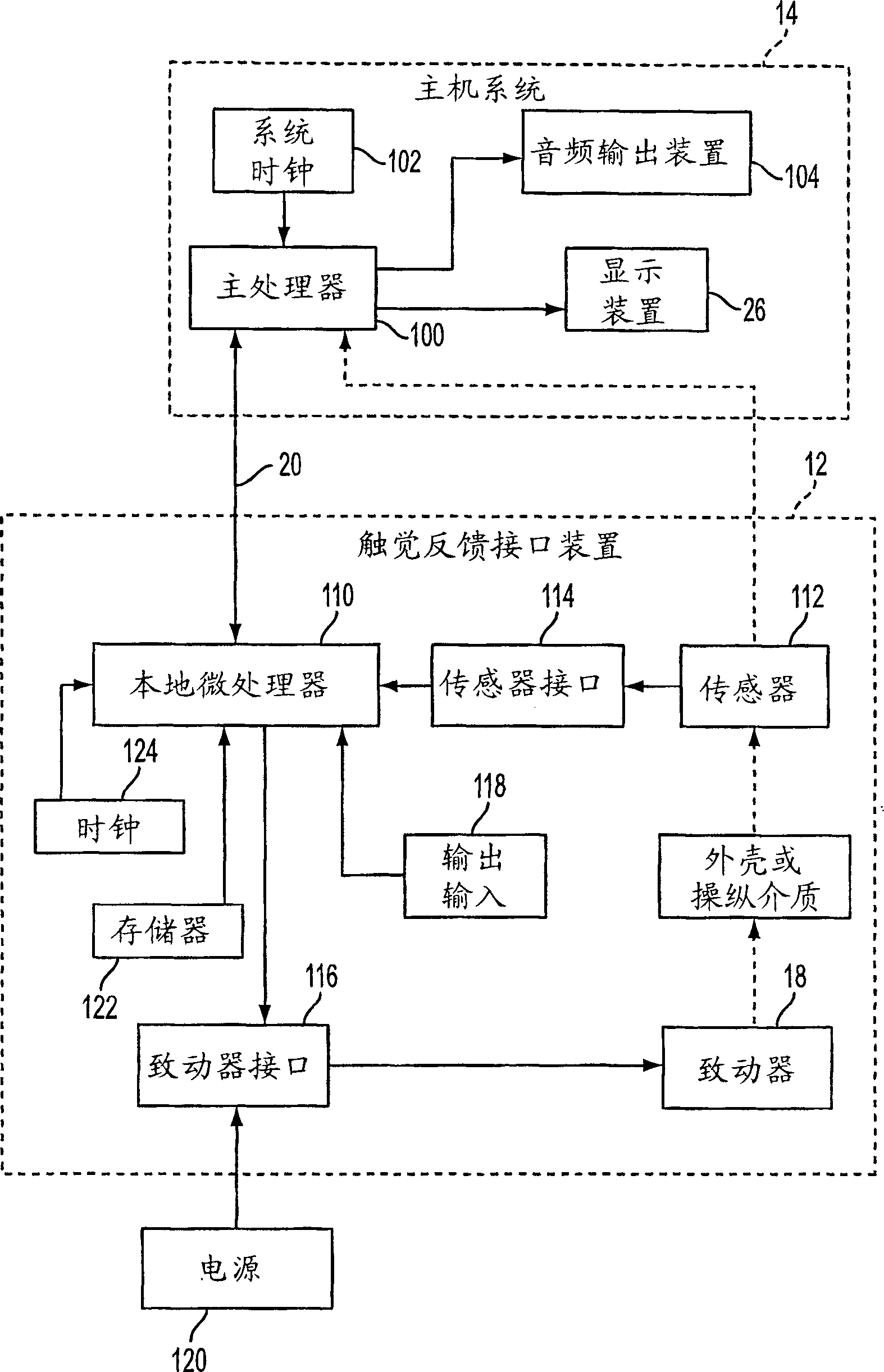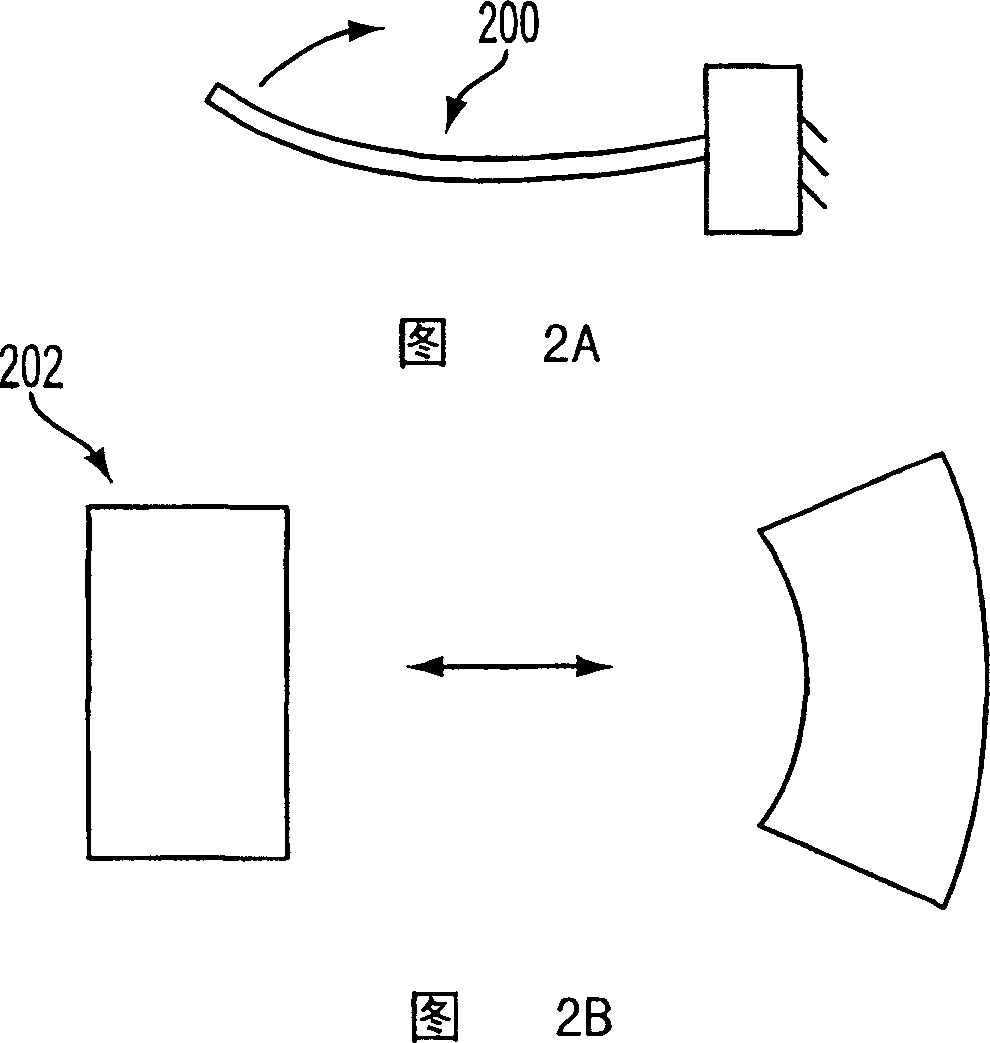Haptic devices using electroactive polymers
An electroactive polymer, tactile technology, applied in measurement devices, mechanical control devices, input/output of user/computer interaction, etc., can solve problems such as the ability to output tactile sensations, increase the cost of devices, etc., and achieve high output Effects of force and deflection/volume, low material cost, high energy density
- Summary
- Abstract
- Description
- Claims
- Application Information
AI Technical Summary
Problems solved by technology
Method used
Image
Examples
Embodiment 250
[0095] With respect to the mouse embodiment 250, three general types of tactile feedback are described; other types may be employed and may all utilize other types of tactile feedback devices (joystick, trackball, steering wheel, laptop sensor pad, etc. etc.) to achieve. The three general types of haptic feedback are button haptic feedback, inertial haptic feedback, and housing motion haptic feedback).
[0096] image 3 a-3c generally shows the output of the tactile feedback on the button. Button haptic feedback can be provided in several different ways. exist image 3 In a, the EAP actuator is utilized to provide tactile feedback and to actuate the motion of the button 256 along the button degrees of freedom shown by the arrows, i.e., in the direction of clicking or moving the button, where the button can be moved to another position as shown by the dashed line. a location. The EAP structure (not shown in the figures) may, for example, be directly coupled to the button, ...
PUM
 Login to View More
Login to View More Abstract
Description
Claims
Application Information
 Login to View More
Login to View More - R&D
- Intellectual Property
- Life Sciences
- Materials
- Tech Scout
- Unparalleled Data Quality
- Higher Quality Content
- 60% Fewer Hallucinations
Browse by: Latest US Patents, China's latest patents, Technical Efficacy Thesaurus, Application Domain, Technology Topic, Popular Technical Reports.
© 2025 PatSnap. All rights reserved.Legal|Privacy policy|Modern Slavery Act Transparency Statement|Sitemap|About US| Contact US: help@patsnap.com



